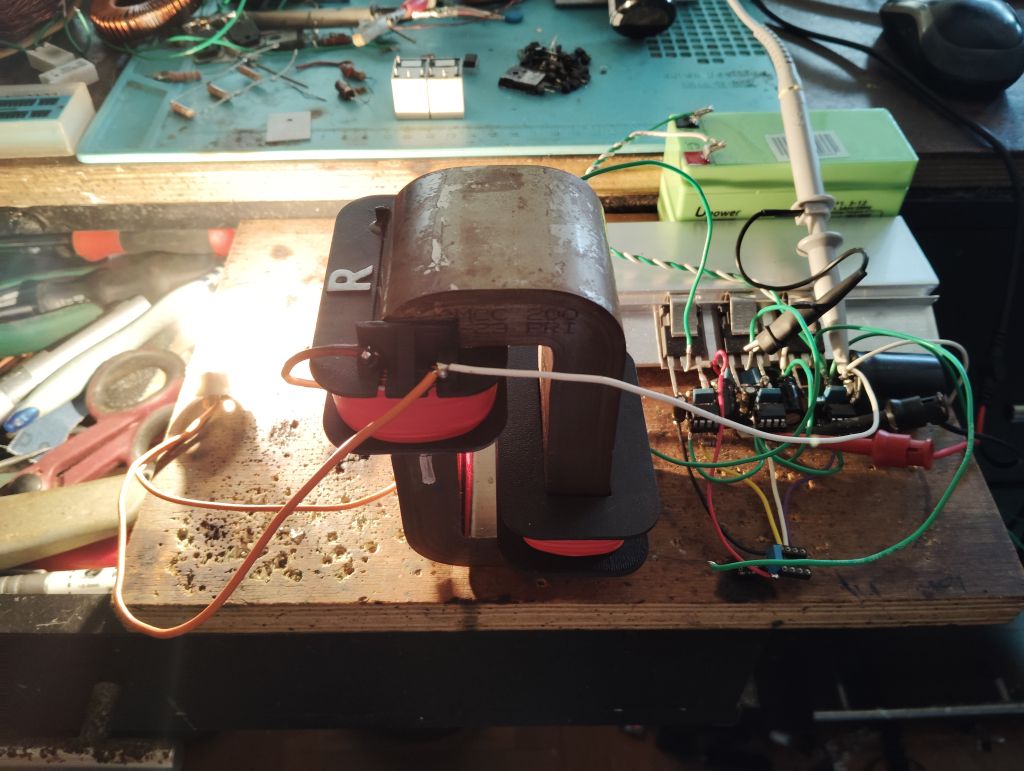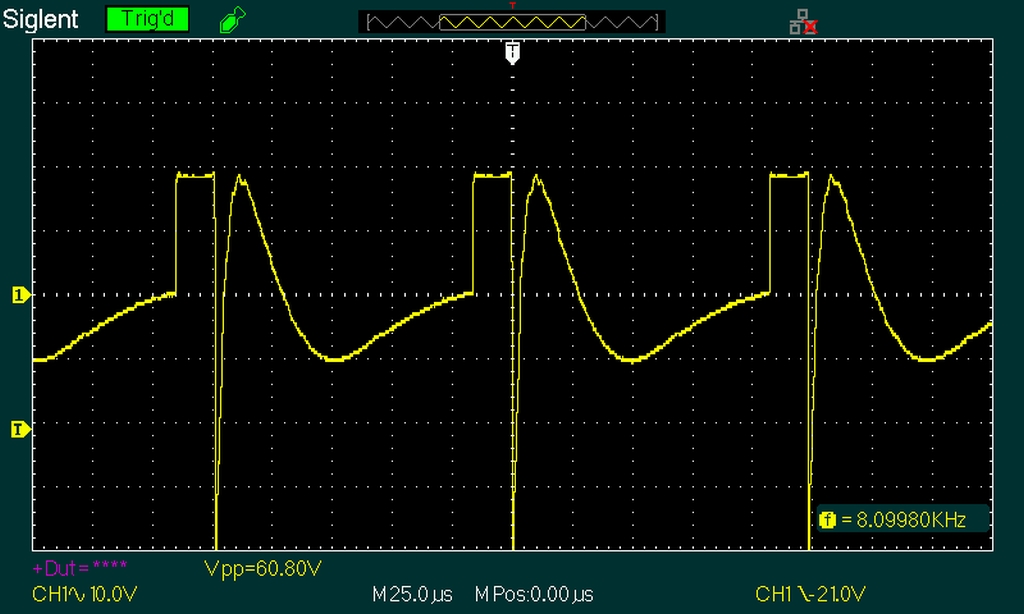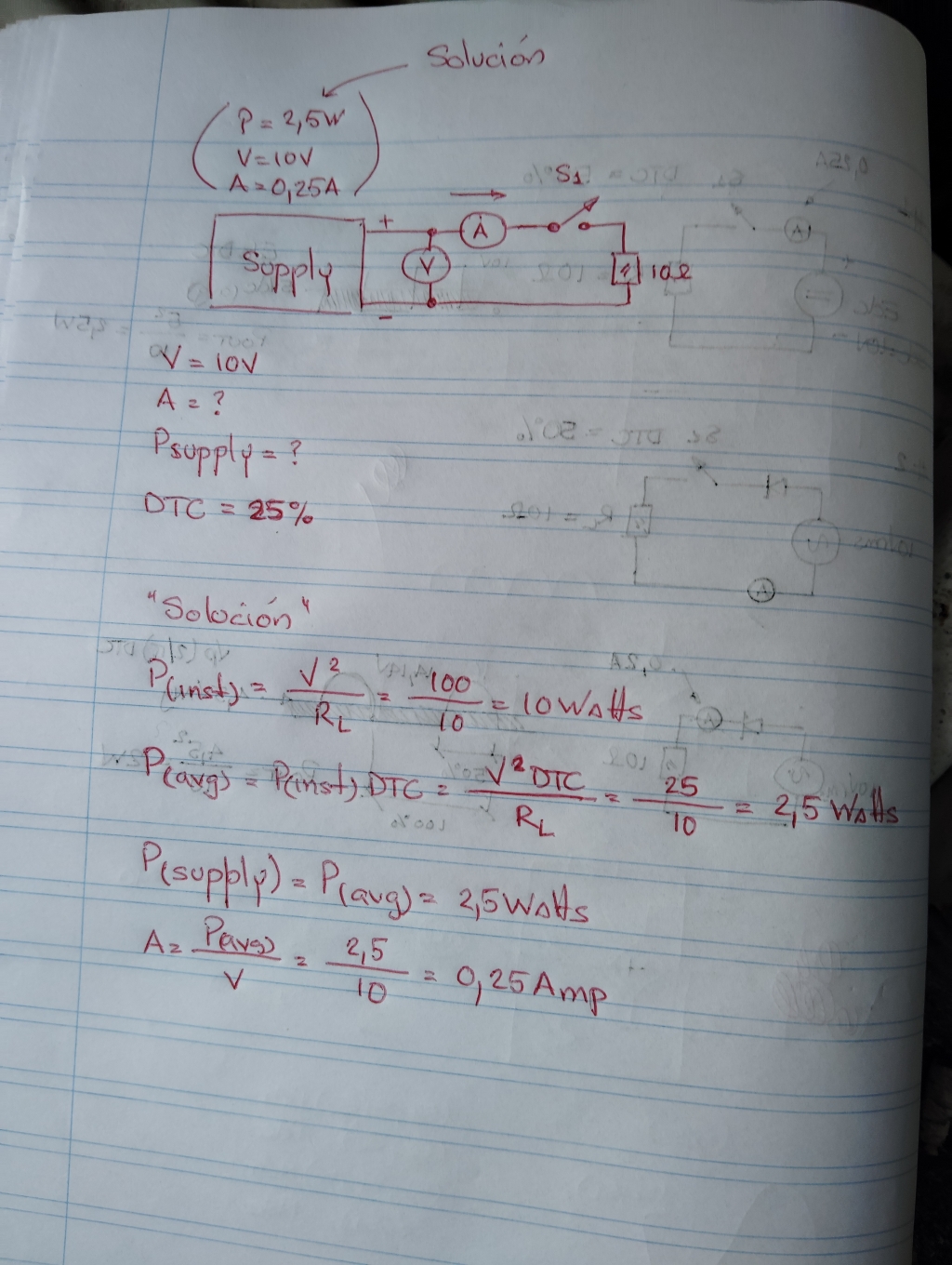Fighter
posted this
27 August 2025
Hi Yoel,
No worries about the delay, the enough time for experimenting is what all of us are missing in this period.
For now I'm working on my DSE experiment and building that customized capacitor is very time consuming.
But at some point I will return and continue the ZPM enhancement work and I'll use the new DC source and the high-frequency filter I bought as I specified here.
Altought I'm not sure how introducing that filter in the circuit will work (with its coils and capacitors) because from my previous experiments I noticed ZPM doesn't really like to have additional components (especially coils) introduced in its circuit. But if it works and those filters will do their job theoretically the DC source should be protected against that high-frequency waves produced and used by ZPM.
So you're saying that the initial pulse need larger current (9.5 amperes) while making sure the voltage still remains at 25V ? Yes, batteries are not able to maintain voltage constant, were you able to make it work using batteries ?
Also, another question: that current (9.5 amperes) is required only for the initial pulses (when ZPM starts working) or it's required for every pulse (while the ZPM is working already) ?
I'm thinking that maybe after ZPM starts working that current is extracted from ZPM's gaining mechanism and the DC source doesn't need to provide it anymore ?
Thank you for explainign ZPM's gaining mechanism.
I'm also still convinced that ZPM is overunity, that didn't changed in my mind over time.
Fighter
| "If you want to find the secrets of the universe, think in terms of
energy, frequency and
vibration." |
|
|
Nikola Tesla |







